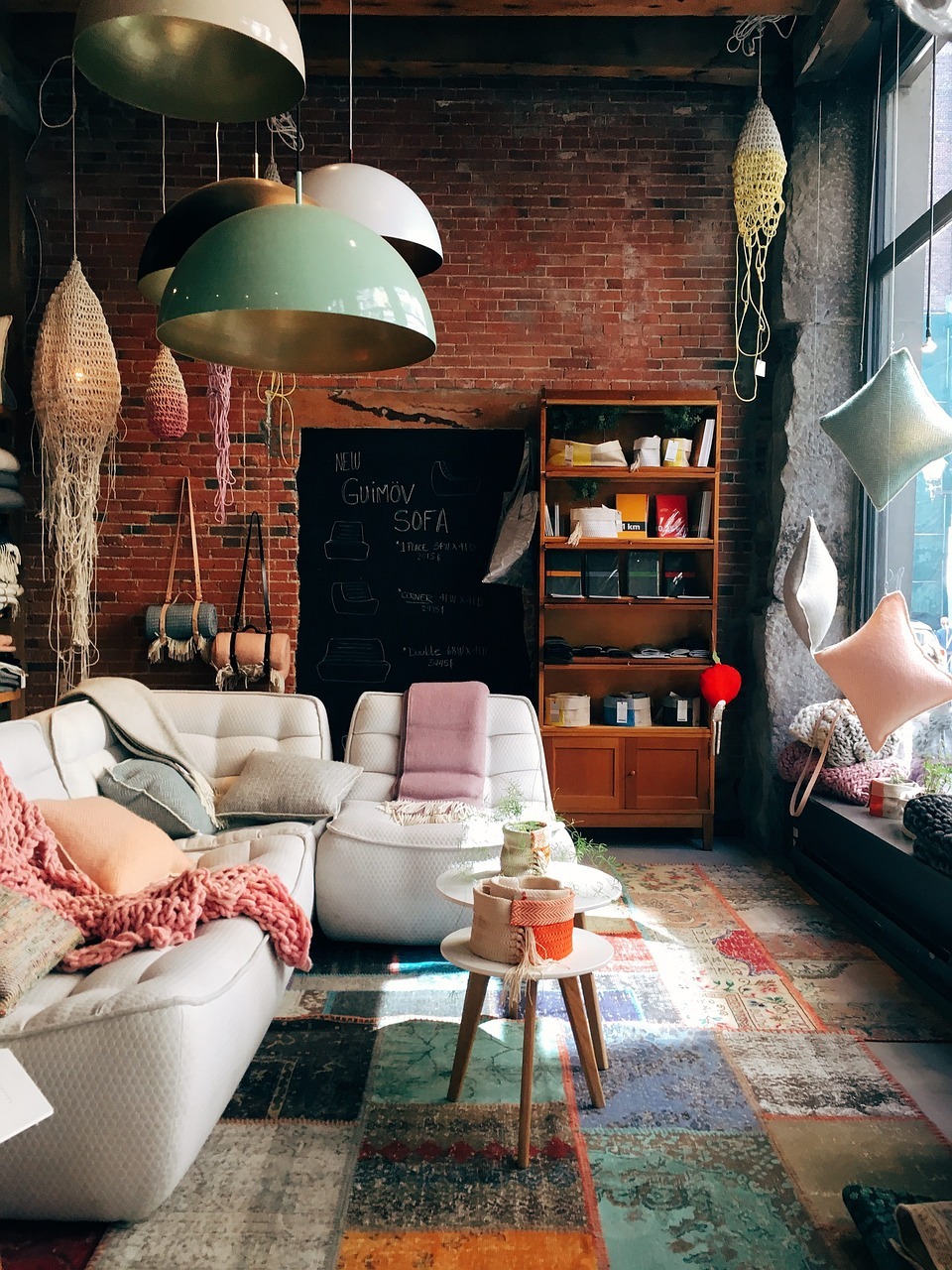French interior style exudes a sense of effortless elegance, encompassing different designs from the Baroque, Gothic, and Renaissance era, perfectly mixed casual elements, making the overall appeal stunningly chic. It’s no surprise that French interior designing has been much adored, with many people emulating them. If you like to do the same, you might be surprised that achieving the look isn’t as complicated. Just stick to these French interior design rules, and you’ll bring the stylish French charm into your own home.
1. Understand and value history.
Visiting France will let you witness vivid influences from the 17th, 18th to the 19th centuries, providing the rich history behind the style. One thing that separates French interior designers from is that they understand and pay respect to the style’s roots. Thus, it allows them to integrate newer designs properly. It’s only when you have a deeper understanding when you can appreciate the design better and adopt them. So, take the time to research the different periods, which specific aspects you want to bring over, and treat your home as a vast canvas that esteems the style.
2. Mix things up.
French style has always been unique, innovative, and eclectic, from movies to fashion, architecture, and even interior designing. That means you are free to integrate design elements, from the old and the new or from various sources and styles. What makes French interior designers more admirable is that it provides an opportunity for experimentation and expression. Be playful and combine different pieces, antiques, furnishings, ornaments. Don’t be scared to take only elements from art movements you think are necessary. What’s important is that you weave them all together in the end for an impressive grand theme.
3. Opt for recycled materials.
France now ranks among the leading countries in observing sustainable practices. Their discipline in recycling materials has been inculcated to the French people starting from the 16th century when King Francis I’s directive to reuse and recycle items. Since then, recycling has been cultivated in France’s culture, which is why you can see recycled items in many French homes. When adopting a French interior design, make the endeavor genuine by opting for recycled materials. It can be secondhand woods, marble, porcelain, or clay furniture and accessories – all that can make the design as ecological as possible.
4. Play with the colors.
French style interiors are renowned for their neutral color palettes, often featuring white, teal, dusty rose, or sage green tones. Yet, remember that France also had different art styles, such as cubism, impressionism, to surrealism, which all have distinct color selections. As such, modern French interiors are now becoming bolder, incorporating more vibrant hues. Today, it’s normal to see a combination of subdued and striking hues in many French homes, carrying the daring art influences the country also holds.
5. Be effortless.
Another reason why French interiors stand out is that they appear effortless while remaining incredibly fascinating. Keep the design simple and do not over decorate. Start with the essentials and follow with the accessories without making the design feel cluttered. Only pick furniture and pieces that will mirror your personality. Without overcrowdedness, each element can shine on its own. The main goal is to get a stunning result without paying too much “effort” to the design.
6. Add a dash of glam.
While you strive to be effortless, keep in mind that there’s no issue adding a dash of glam into the theme. It can be an antique mirror, a lovely chandelier, or a beautiful mural painting. But, again, don’t overdo it. One or two glaring pieces are often good enough to get that slightly luxurious feel.
7. Appreciate the imperfections.
Lastly, French interior design acknowledges that beauty doesn’t imply flawlessness and modernity. On the contrary, it sees splendor even in nicked paint, aged wooden pieces, or furbished metals. You can undoubtedly use antique tables, sofas, or mirrors. While they may show dents or speckles, these marks serve as proof that they gracefully aged and give the overall design a unique “story.”

